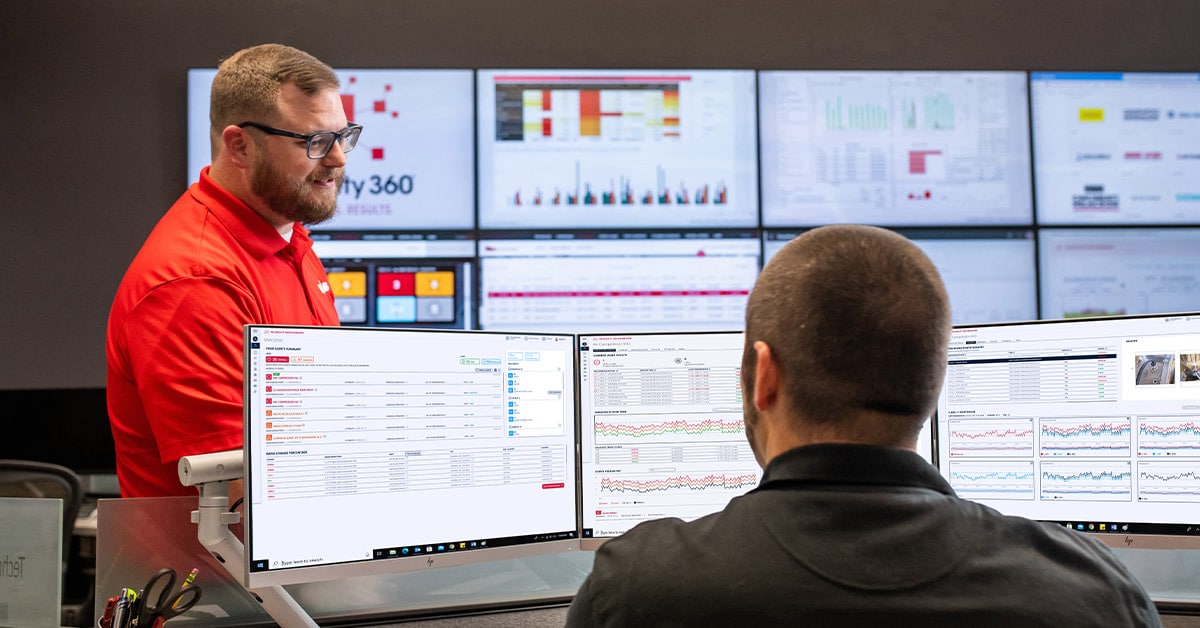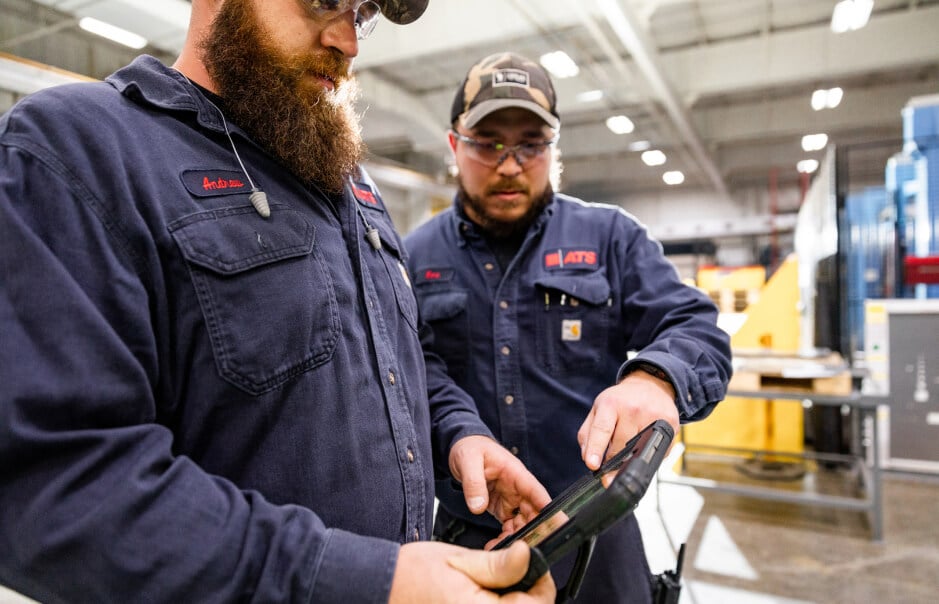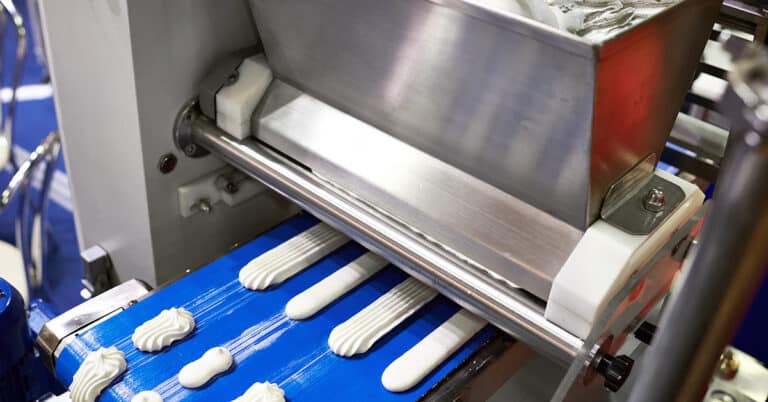Maintenance in manufacturing is a many-faceted undertaking, comprising an extensive toolset of tactics and practices. The rapid improvement event is one such tactic, enlisting a small team of technicians to spend a predefined amount of time focusing 100% of its resources and efforts on improving a specific issue through analysis and data-based, targeted action.
ATS rapid improvement events complement our full line of everyday maintenance services, acting as a targeted, efficient, high-impact effort intended to solve your biggest headaches or problems. The rapid improvement event is built on the Kaizen event foundation, drawing from continuous improvement and Kaizen lean manufacturing principles to drive analysis, action and results.
Lean manufacturing focuses on improving value to customers and eliminating wasteful processes, improving productivity by identifying the right solutions to achieve these goals. Lean manufacturing and continuous improvement take an empirical, data-based approach to implementing solutions that work and improving or eliminating those that don’t.
Factors for rapid improvement events in manufacturing
Rapid improvement events in manufacturing occur through a predefined process with several factors to consider. These include:
- Choose the process or problem to target. The target issue may be a machine that continually falls short of performance benchmarks, or a process that is not meeting productivity or performance goals. A rapid improvement event will typically yield the highest impact when focusing on a recurring, high-profile issue that may have repercussions throughout the facility. In essence, the problem that you spend the most time talking about is likely the best target for a rapid improvement event.
- Choose the timeframe. A rapid improvement event can take place over a matter of hours (or as short as one hour), up to several days. You may, for example, want a one hour event with four technicians, or a four hour event with two technicians. The timeframe will typically inform the number of personnel dedicated to the job. The key factor in the RIE timeframe is that it will be a period of 100% resource dedication to the task at hand.
- Identify target KPIs. A rapid improvement event is only useful if it has a well-defined objective or target result. The best way to identify — and track — objectives is through key performance indicators (KPIs). When choosing your target process or problem, you should also be thinking about the specific KPIs that you want to improve — things like failure reduction, downtime reduction, resource (materials and/or personnel) optimization, quality improvement and OEE improvement, to name a few. The more specific and targeted the KPI, the better.
- Create a measurement and accountability plan. The goal of any rapid improvement event is likely to be cost reduction or efficiency improvement in some area of your operations. In order to identify whether this is occurring, the final step is to create a measurement plan. At the time of the event, identify how you will measure KPIs — how often, through what methods and for what time period. Determine when you will expect to see a positive ROI and track how the improvements implemented in the RIE are meeting that goal. This data-based approach is the most effective way to ensure that your performance goals are met — and if they are not, data and metrics can be further used to fine-tune and improve the plan.
- Create an RIE strategy. In general, facilities can see highly effective results by completing a rapid improvement event on a consistent basis, supplementing everyday maintenance practices with a cadence of targeted improvements to keep the facility operating at peak efficiency.

How is a rapid improvement event beneficial in manufacturing?
Why complete an ATS rapid improvement event? The answer is generally the same across all rapid improvement events: to eliminate the most common, painful or labor-consuming repeatable problems with a machine. By undertaking a rapid improvement event and implementing the identified solutions, you can reduce downtime, reactive labor and scrap while increasing production and efficiency. These improvements can help you to improve KPIs and productivity metrics and free up reactive maintenance time for more proactive and productive work.
How can ATS help?
With extensive experience in maintenance partnership across a broad range of industries, ATS is ready to join you to improve operational efficiency and reduce overall costs with a rapid improvement event. Our maintenance expertise helps us to quicky identify current operating scenarios and the KPIs that are most likely to yield the most significant improvements and ROI. We feature extensive documentation of implementation and monitoring plans to illustrate exactly where and how you are seeing cost savings. To learn more, contact us today.






